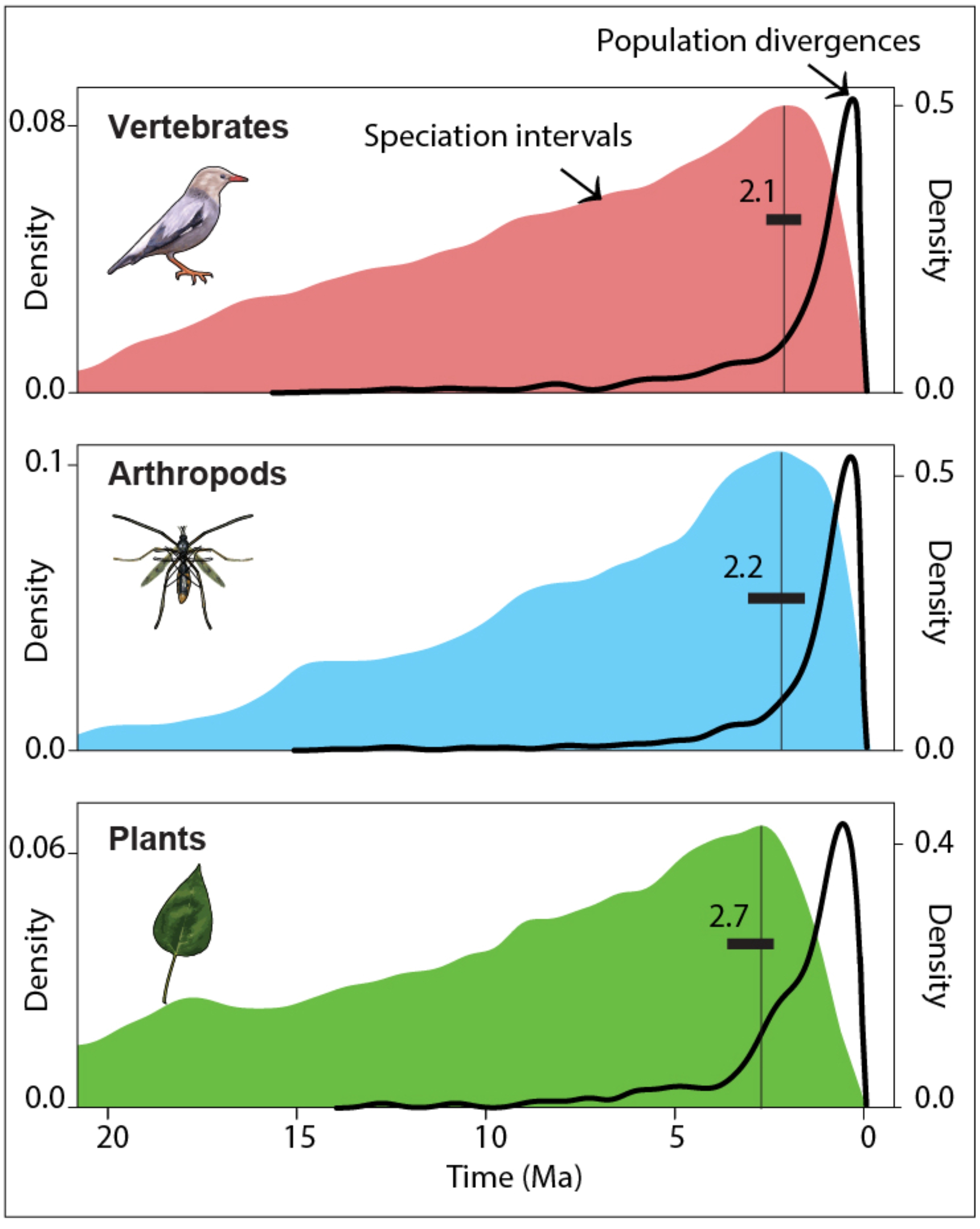Research

Our research explores the patterns and mechanisms that have shaped the evolution of biodiversity, including speciation, extinction, diversification, and biogeography. We are interested in how the planetary environment has influenced evolution and the tree of life, such as in continental drift, sea level variation, and climatic change. We are also interested in how human disturbance has affected biodiversity, and in methods for the global conservation of biodiversity. We use evolutionary genetics and genomics, morphology, and data from remote sensing to address these questions, often in conjunction with timetrees. Most of our current analyses on global biodiversity bring data together in new ways, involving bioinformatics. We have a molecular biology laboratory for targeted data collection, a biodiversity field program on Caribbean islands, and a cryobank for ex-situ conservation of threatened species (i.e., through future whole organism cloning). The video trailer below is for our documentary Extinction in Progress in Progress on the biodiversity crisis in Haiti. Professor Hedges cofounded Haiti National Trust to protect the biodiversity of that country by establishing and maintaining national parks, restoring original forests, and helping local communities live sustainably. The best way to learn about Hedges lab research is through our publications.



















